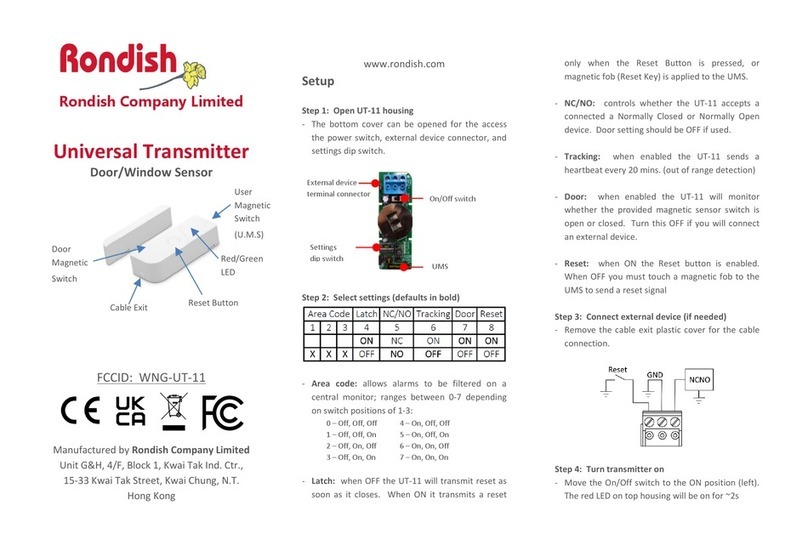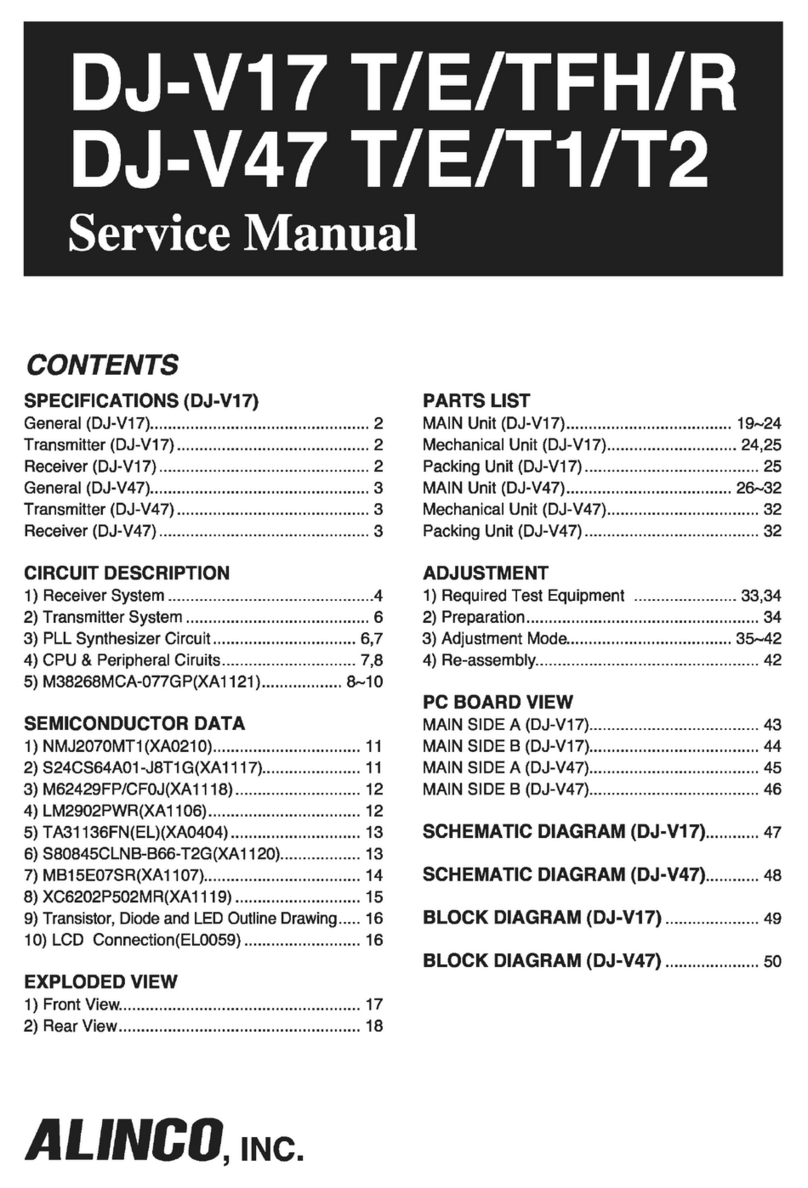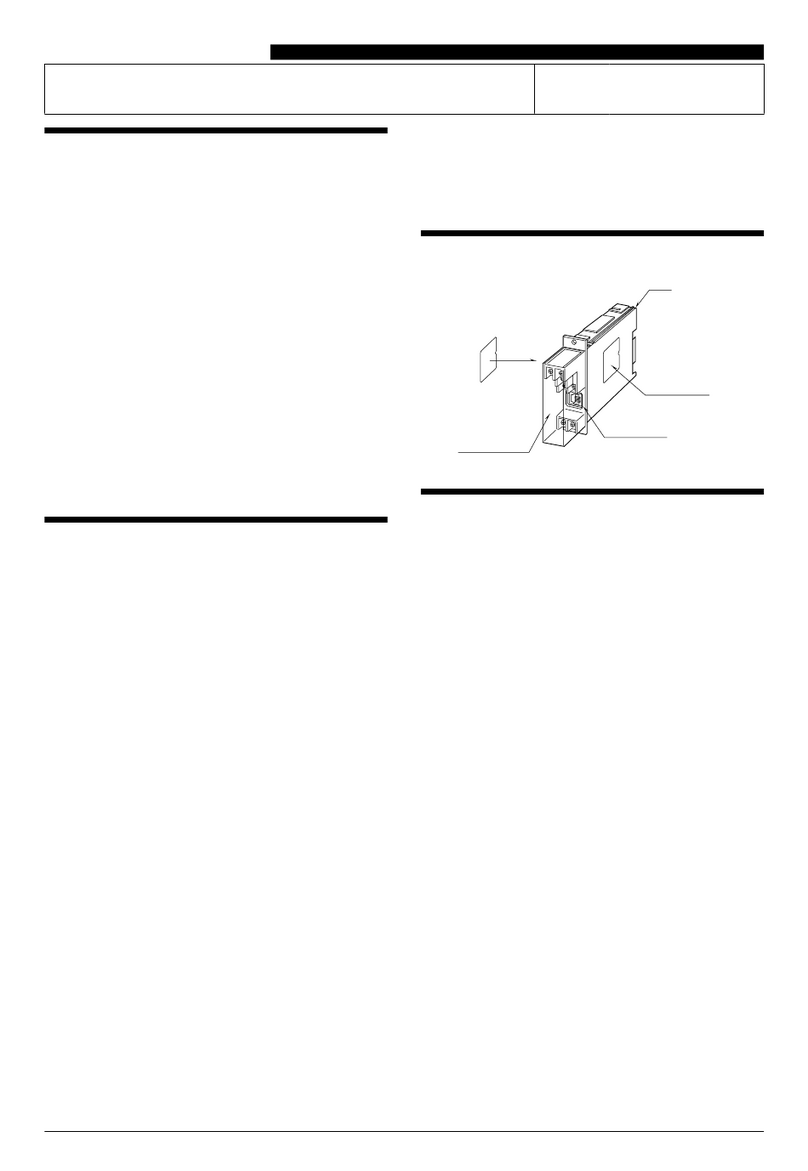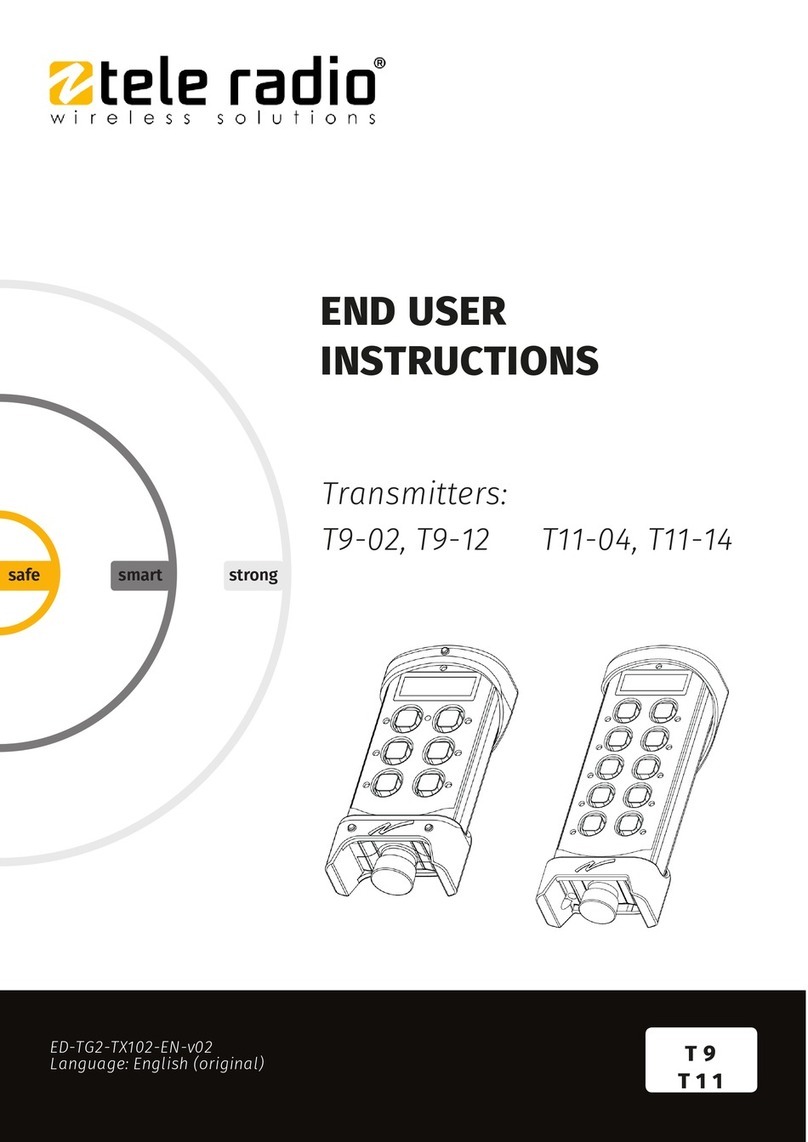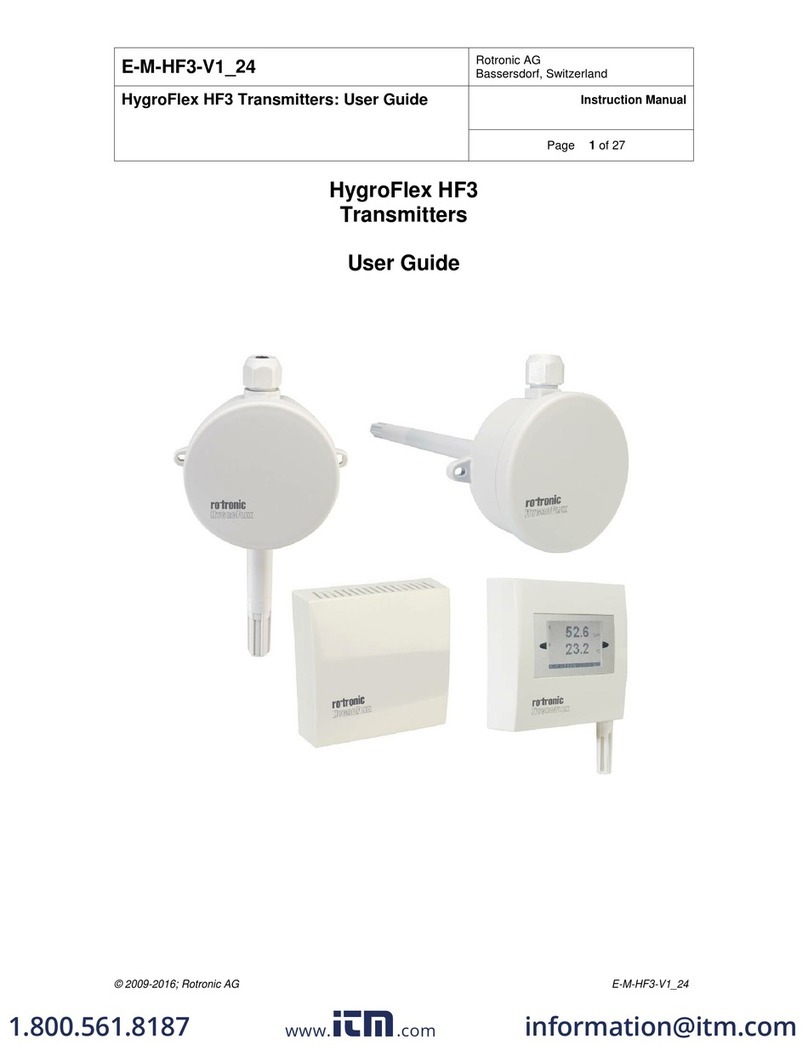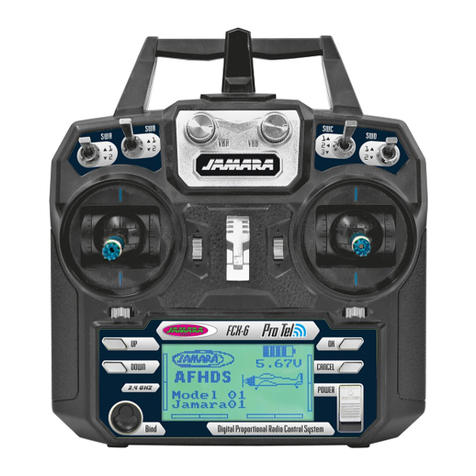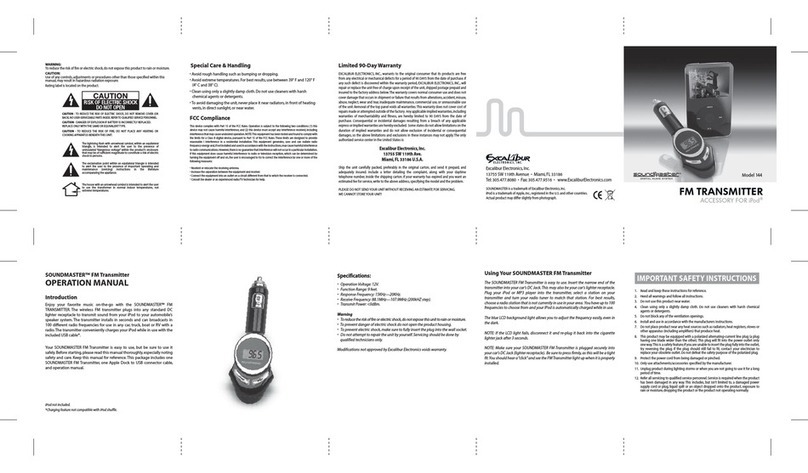
Hardware Installation Manual
iii
HotPort Limited End User Product Warranty
Pursuant to all provisions described herein, Firetide products are warranted for one (1) year from
the date of purchase against defects in the build materials and workmanship. Firetide also
warrants that the Software will materially conform to the documentation supplied by Firetide with
the Software. In the event that the Software fails to materially conform to the documentation and
an authorized Firetide reseller is notified in writing of such failure within the warranty period,
Firetide or its reseller shall use commercially reasonable efforts to promptly correct the
nonconformity. Firetide does not warrant that the use of the Software will be uninterrupted or error
free. Firetide does not warrant that the Products will meet any requirements or specifications of
any End User Customer. This warranty applies to the entire Firetide product, including antennas
and the AC power adapter.
The above warranties are void if the alleged defect cannot be verified by Firetide or if, as
determined by Firetide, the product failure was due to tampering, abuse, misuse, accident,
shipping, handling, or storage; or if the product has been installed, used, or maintained in a
manner not described in the product user manual, if the product has been altered In any way, or If
product serialization has been altered. Any attempt to disassemble or repair the product by
anyone other than Firetide immediately voids this warranty.
This warranty applies only to the original End User purchaser of the product and may not be
transferred to any other individual or entity.
THE FOREGOING ARE THE EXCLUSIVE WARRANTIES APPLICABLE TO THE PRODUCT
INCLUDING THE SOFTWARE, AND THE EXCLUSIVE REMEDY FOR DEFECTS IN THE
PRODUCT. FIRETIDE DISCLAIMS ALL OTHER WARRANTIES, WHETHER EXPRESS,
IMPLIED, STATUTORY OR OTHERWISE, INCLUDING BUT NOT LIMITED TO IMPLIED
WARRANTIES OF MERCHANTABILITY, NON-INFRINGEMENT OR FITNESS FOR A
PARTICULAR PURPOSE. SOME LAWS DO NOT ALLOW THE EXCLUSION OF IMPLIED
WARRANTIES SO TO THAT EXTENT THIS LIMITATION MAY NOT APPLY TO YOU.
In no event will Firetide be liable for any special, incidental, consequential, punitive or indirect
damages whatsoever (including, without limitation, damages for loss of profits, business
interruption, loss of information, or other pecuniary loss) arising out of the use or inability to use
the product or the performance, interruption or failure of the product, irrespective of the cause of
action, even if Firetide has been advised of the possibility of such damages. Firetide's cumulative
liability for all claims arising out of or in connection with this warranty will not exceed the amount
paid by the original End User purchaser to purchase the product. The amounts payable for the
product are based in part on these limitations and these limitations shall apply not-withstanding
the failure of essential purpose of any remedy. Some jurisdictions do not allow the exclusion or
limitation of incidental or consequential damages, so to that extent the above limitations or
exclusions may not apply to you.
By using the product the original End User purchaser agrees to and is bound by these terms and
conditions.
In the event that a product fails to meet this warranty and Firetide’s authorized reseller is notified
in writing of such failure within the warranty period, Firetide shall, at its own discretion, either
repair the product or replace it with the same or a functionally-equivalent product free of charge.
Replacement products may contain refurbished materials in whole or in part. Firetide will honor
this warranty provided the product is returned through an authorized Firetide reseller or dealer
with shipping charges prepaid, along with a proof of purchase describing the original purchase
date and product serial numbers if applicable. The authorized reseller must acquire a Return
Materials Authorization (RMA) number from Firetide prior to returning any product. Firetide does
not accept shipments of defective products without shipping charges prepaid.





